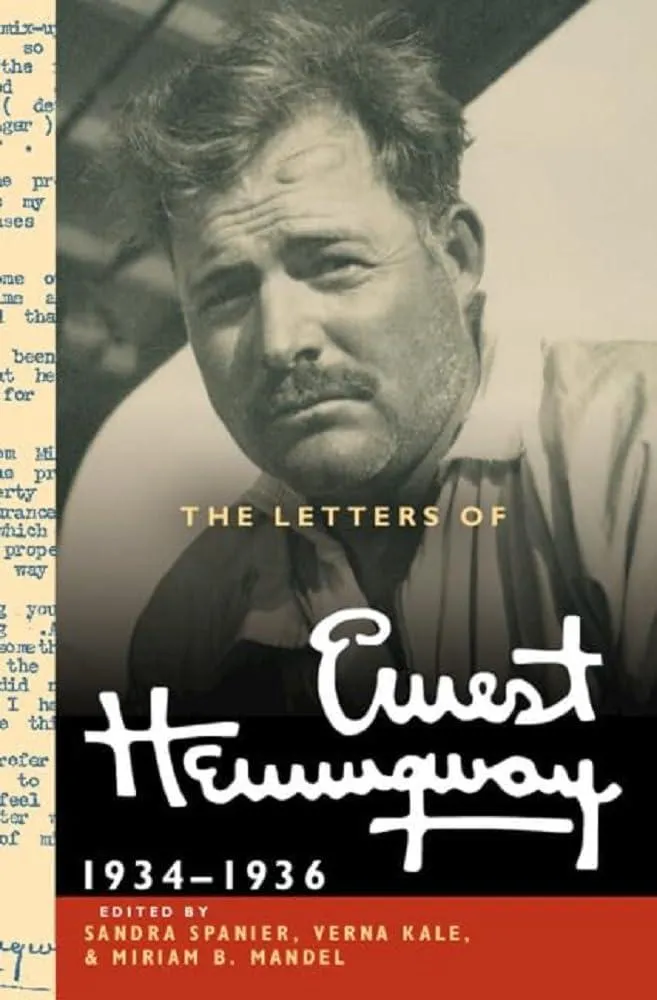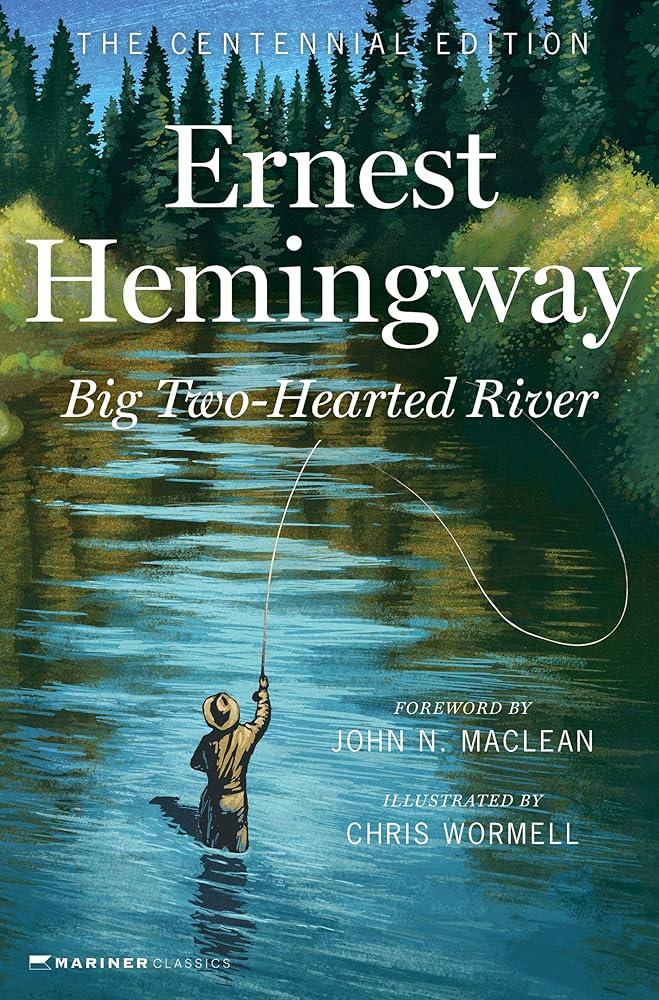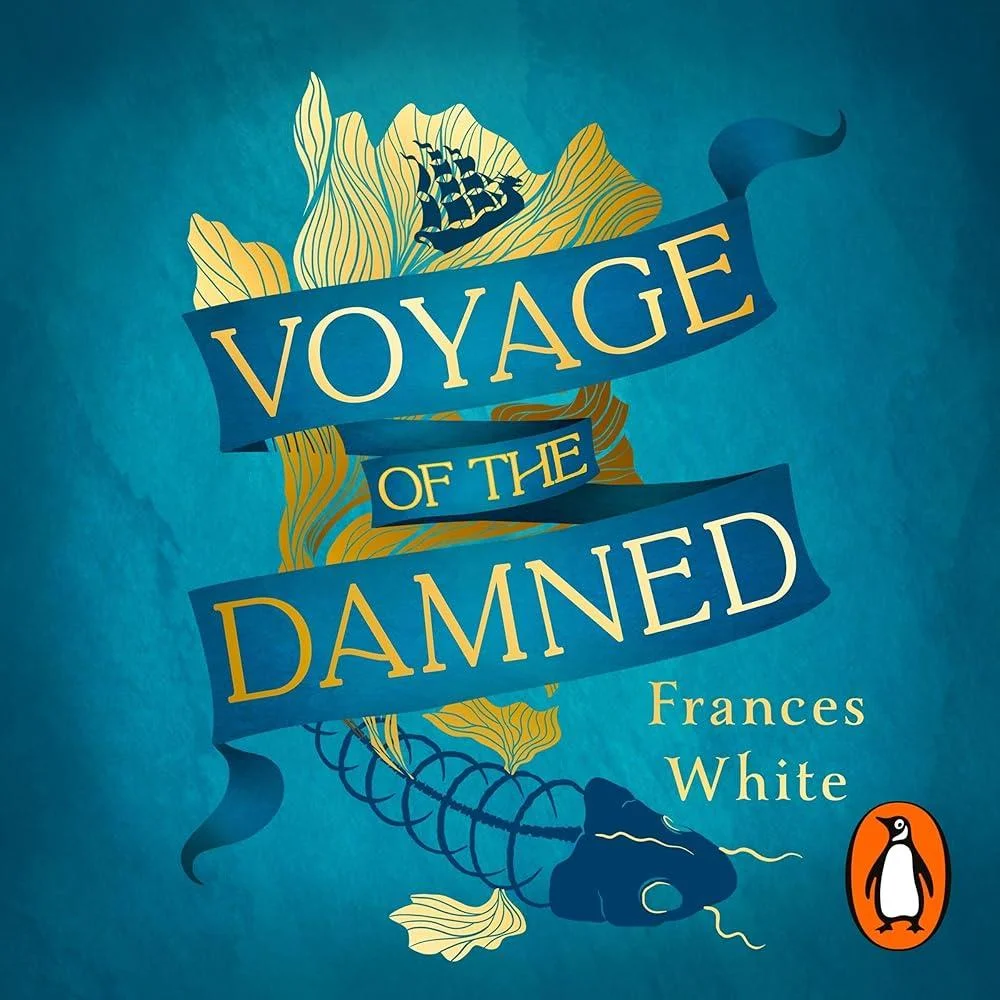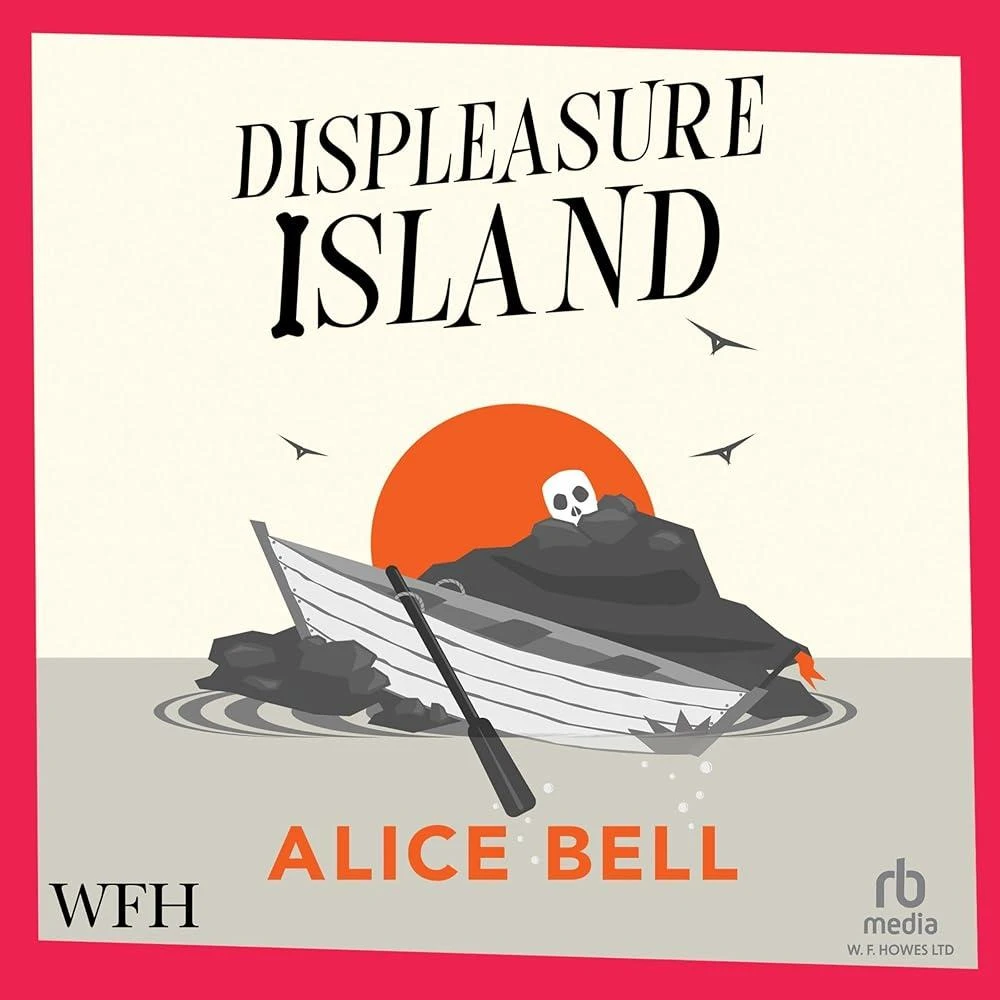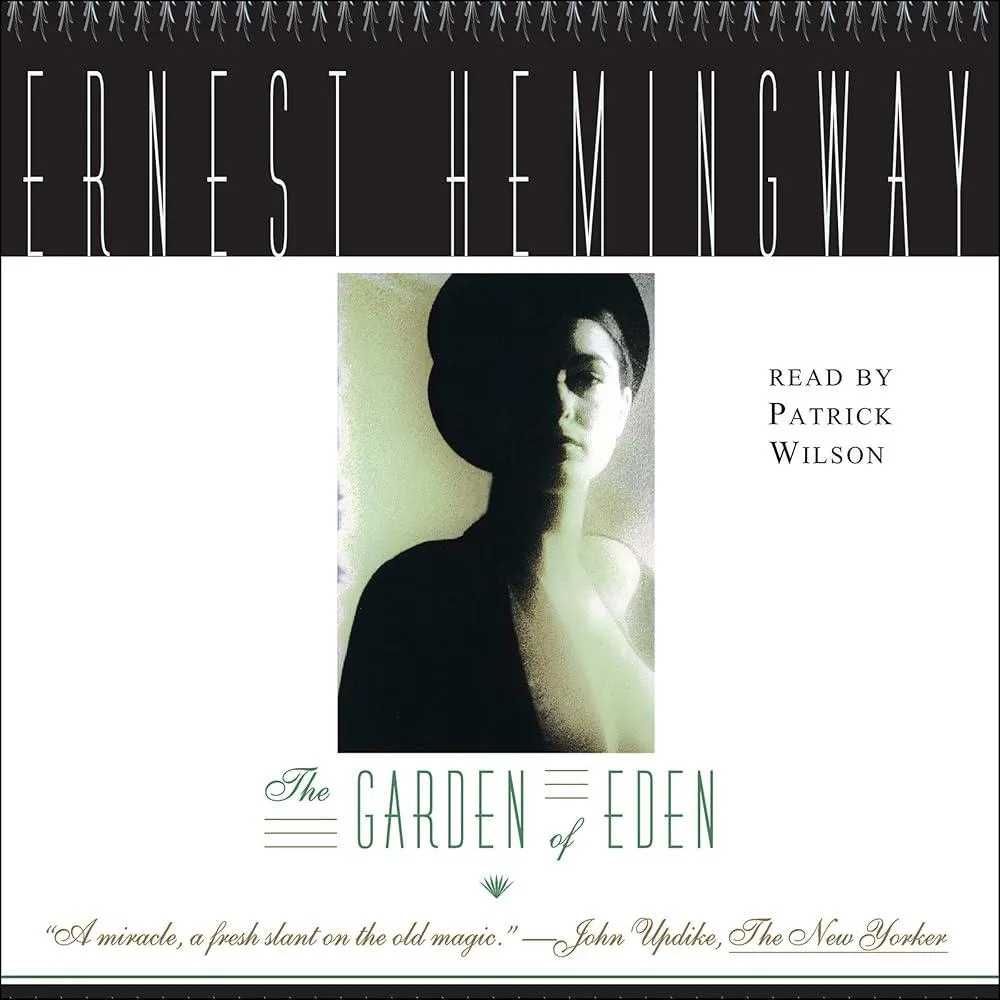
The novel is fundamentally the story of five months in the lives of David Bourne, an American writer, and his wife Catherine. It is set mainly in the French Riviera, specifically in the Côte d'Azur, and in Spain. The story begins with their honeymoon in the Camargue, then moves to Spain, then back to France. After their return to France, the Bournes soon meet a young woman named Marita, with whom they both fall in love. Ernest Miller Hemingway (July 21, 1899 - July 2, 1961) was an American novelist, short-story writer, journalist, and sportsman. His economical and understated style-which he termed the iceberg theory-had a strong influence on 20th-century fiction, while his adventurous lifestyle and his public image brought him admiration from later generations. Hemingway produced most of his work between the mid-1920s and the mid-1950s, and he was awarded the 1954 Nobel Prize in Literature. He published seven novels, six short-story collections, and two nonfiction works. Three of his novels, four short-story collections, and three nonfiction works were published posthumously. Many of his works are considered classics of American literature.
Ernest Hemingway
Ernest Hemingway (1899-1961) was an American novelist, short story writer, and journalist known for his distinctive writing style and portrayal of masculinity. His most notable works include "The Old Man and the Sea," "A Farewell to Arms," and "The Sun Also Rises." Hemingway's writing is characterized by its spare prose, realistic dialogue, and emphasis on themes of war, love, and loss. He is credited with revolutionizing the modern American novel and influencing generations of writers with his minimalist approach to storytelling. "The Old Man and the Sea," a novella about an aging fisherman's struggle with a marlin, remains one of Hemingway's most famous and enduring works, winning him the Pulitzer Prize for Fiction in 1953 and solidifying his reputation as a literary giant.

